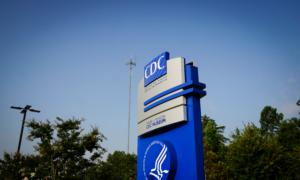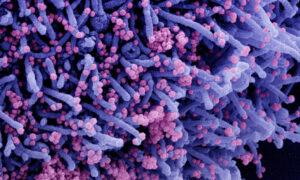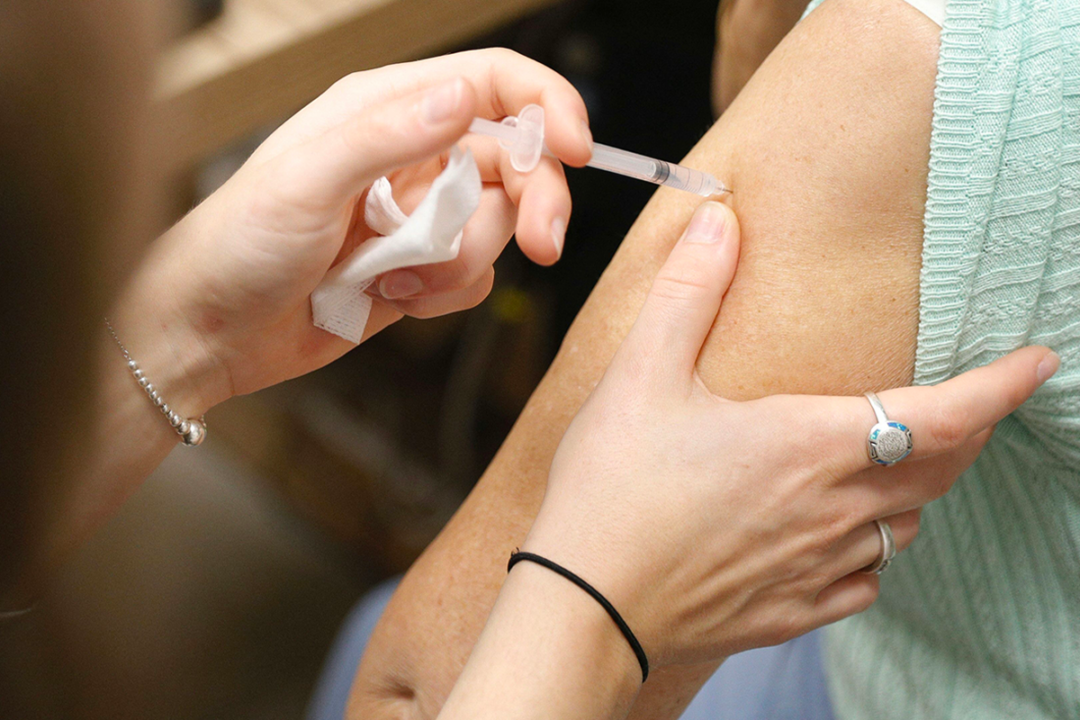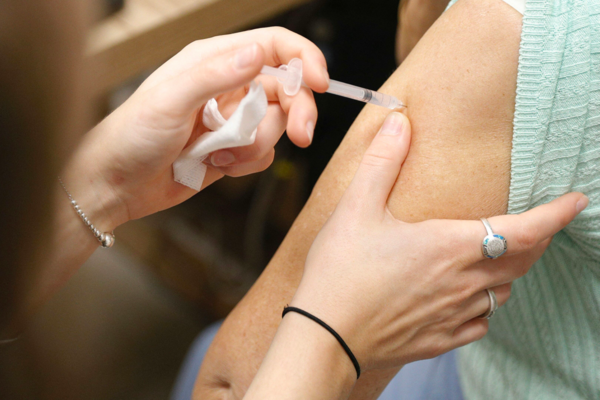Females and Young Adults at Higher Risk of COVID-19 Vaccine Side Effects: Study
The authors also found different side effects were linked with different doses.
Females and young adults are at an increased risk of suffering from side effects after COVID-19 vaccinations. People who take three doses as compared to two may present different side effects, a Japanese study finds.
None of the participants had a prior history of COVID-19 infection, and all of their symptoms were examined and diagnosed by doctors at the hospital.
They found “higher frequencies of COVID-19 vaccine-related side effects” and “worse outcomes with longer recovery from side effects” among females and younger adults compared to males and elderly adults, the authors wrote.
Third Dose Versus Second Dose
The authors found different side effects were linked with different doses, and the side effects after third dose tend to be more long-lasting and severe compared to the second dose.
Axillary pain occurs much more frequently in people who have taken three doses as opposed to two. Headaches and joint pain is a side effect that tends to be prolonged following the third dose compared to the second or the first dose.
At the second dose common symptoms include asthma symptoms, ear fullness, numbness in the upper arm, and injection at the injecting site.
The author associated the symptoms that occurred after the second vaccine dose with an allergic response while headaches and joint pains after the third dose were linked with inflammation and immune dysregulation.
Health Practitioners Report Similar Findings
Doctors and other studies have reported similar demographics in patients who report symptoms post-vaccination.
Additional vaccines also create a cumulative effect such that people who have taken more shots tend to be at a greater risk of worse symptoms, internist Dr. Keith Berkowitz, who has treated over 200 long COVID and post-vaccine patients, told The Epoch Times.
Younger people also tend to have a stronger immune system, and the side effects experienced by the patient may be a result of the immune response, the authors reasoned.
While this may help in clearing spike proteins, it may also prevent recovery as the body directs its resources toward fighting an infection rather than resting and recovering. “If the immune system is functioning better … the body functions better as a whole and the body can use its needed sources elsewhere,” Dr. Berkowitz said.
Changing Demographics
Nurse practitioner Scott Marsland of Leading Edge Clinic told The Epoch Times that in recent months he has seen a shift in his patient population.
“I have a lot more male patients these days and … we’re getting more patients who have had multiple vaccinations and boosters,” Mr. Marsland said. Many of the patients now come from recommendations from friends and family who think that they may be suffering from vaccine side effects. Since these people have not been following the research on COVID-19 vaccine injuries, they tend to be a lot more skeptical and distrusting, he added.
Dr. Berkowitz similarly added that as the pandemic progressed, he started to get different patients with the majority being patients who have had several COVID-19 infections and also taken several doses of the COVID-19 vaccine. Dr. Keith said that since each infection and injection will increase the load of spike protein, “I’ll list how many times have they had the vaccine and how many times have they been infected [to assess treatment].”
This article has been archived for your research. The original version from Epoch Times can be found here.






